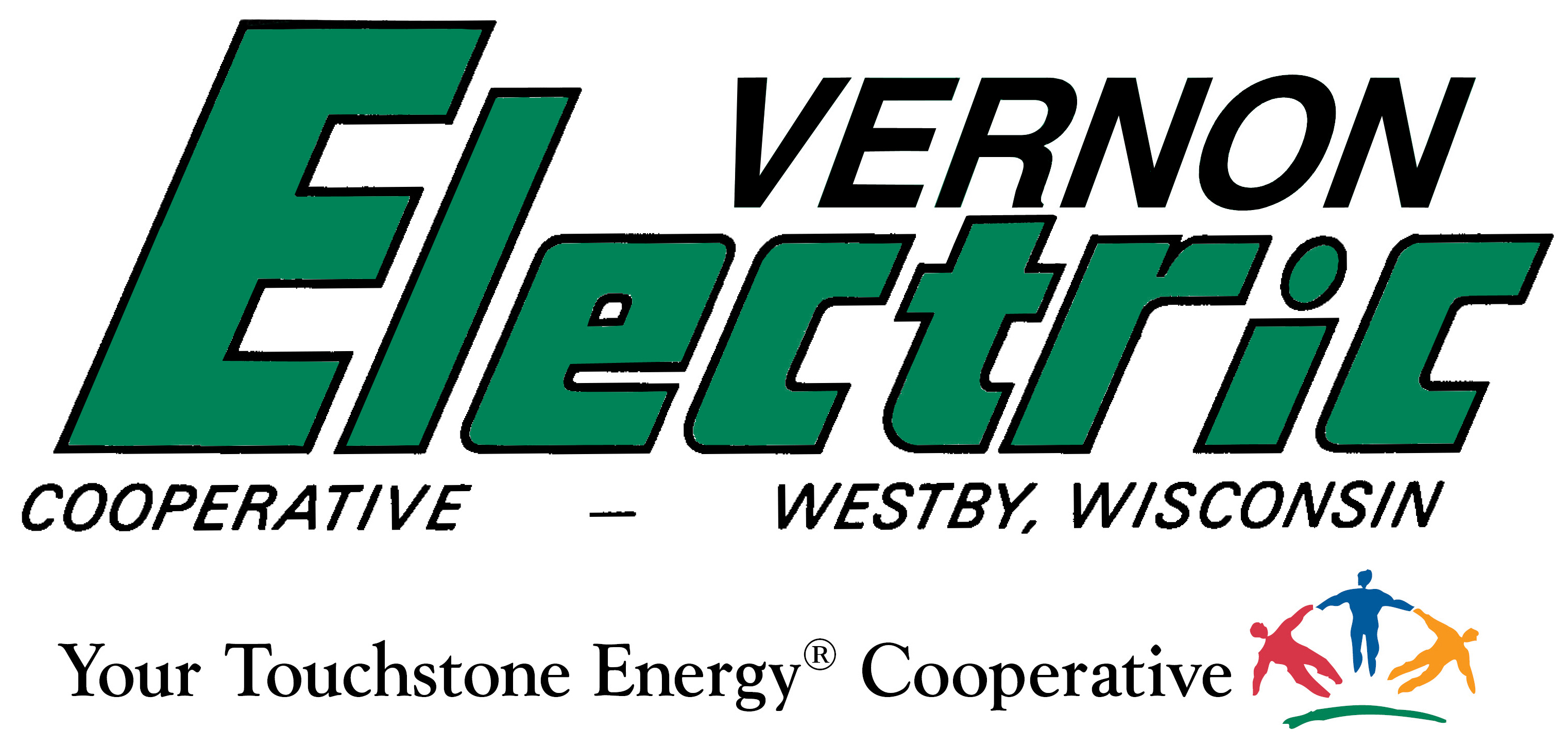2022 Unclaimed Capital Credits 2024 Returned Capital Credit Checks
In 1935, when the Rural Electrification Administration (REA) was established, the federal government and rural people joined to form rural electric cooperatives. This joint effort built lines to bring electricity to the farms and homes in rural Wisconsin, and all of rural America. The value of the cooperative, to you and other members, is the services it provides. The purpose of your electric cooperative is to provide electricity and a variety of support services to you at the lowest possible cost. It does not exist to generate profit for a group of investors.
Your cooperative does, however, generate margins, which is returned to the members over a period of time. It is important to realize there is a difference between "revenue" and "profit." The cooperative must generate enough revenue to cover all costs of providing service and operating the cooperative. Any profit, or margins, left at the end of the year is allocated to the members as capital credits.
Once a year, a formal audit confirms the cooperative's income and expenses. Income remaining after deducting all expenses is the "net margin." This amount represents capital credits. Capital credits are divided among the members, or owners of the cooperative in proportion to how much electricity each member purchases. This follows the cooperative principle that ownership benefits are generally in proportion to use.
Although the margins are annually allocated and assigned to members, they aren't necessarily distributed at that time. Capital credits, or patronage refunds, as they are sometimes called, represent an important source of financing for the cooperative. Just as the benefits of a cooperative are tied to use, so is the responsibility to finance the business. The cooperative is financed when you pay for electric service and through retaining capital credits.
Your board of directors, made up of members just like you, decides on the amount of capital credits that can be returned to the members each year and still keep the cooperative on a sound financial basis. The retained amount belongs to you and will be paid out at a later date. Each cooperative develops its own method for returning capital credits. For more information about how your cooperative pays capital credits, contact our office.
